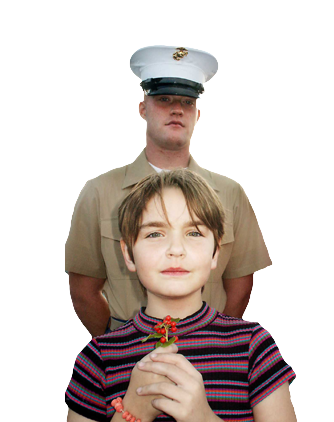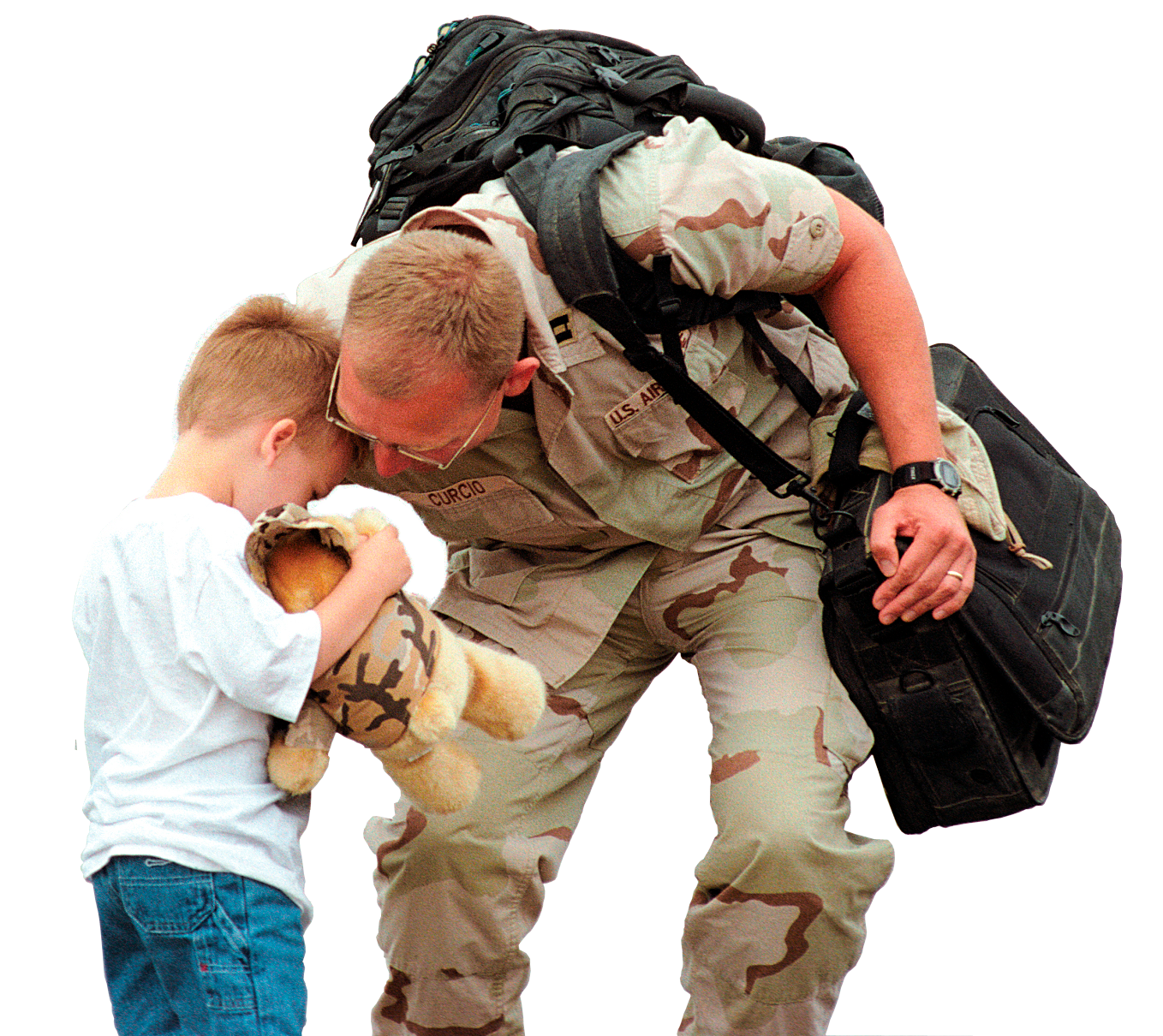[caption id="attachment_3647" align="alignleft" width="250"] Air Force Capt. Maureen Wood, right, stands with fellow legal officer Air Force Capt. Jaime Espinosa prior to a mission in Iraq. U.S. Air Force photo[/caption] WASHINGTON – The increase of troops into the U.S. Central Command area of responsibility also is increasing the nontraditional roles filled by airmen in combat, a product of the Air Force's "all in" philosophy.
Air Force Capt. Maureen Wood, right, stands with fellow legal officer Air Force Capt. Jaime Espinosa prior to a mission in Iraq. U.S. Air Force photo[/caption] WASHINGTON – The increase of troops into the U.S. Central Command area of responsibility also is increasing the nontraditional roles filled by airmen in combat, a product of the Air Force's "all in" philosophy.
 Air Force Capt. Maureen Wood, right, stands with fellow legal officer Air Force Capt. Jaime Espinosa prior to a mission in Iraq. U.S. Air Force photo[/caption] WASHINGTON – The increase of troops into the U.S. Central Command area of responsibility also is increasing the nontraditional roles filled by airmen in combat, a product of the Air Force's "all in" philosophy.
Air Force Capt. Maureen Wood, right, stands with fellow legal officer Air Force Capt. Jaime Espinosa prior to a mission in Iraq. U.S. Air Force photo[/caption] WASHINGTON – The increase of troops into the U.S. Central Command area of responsibility also is increasing the nontraditional roles filled by airmen in combat, a product of the Air Force's "all in" philosophy.Air Force Capt. Maureen Wood, a legal officer deployed with Multinational Force Iraq’s Joint Task Force 134, recently found herself in one of those situations that was anything but "traditional." She helped to save a life of a fellow servicemember using self-aid and buddy care after her convoy was attacked by an improvised explosive device.On Aug. 21, while on a convoy in Iraq, the mine-resistant, ambush-protected vehicle Wood was riding in, along with several other Army and Air Force personnel, was struck by a roadside bomb designed to penetrate armor and release shrapnel in all directions.Her head was thrown back from the explosion, and smoke entered the vehicle. While doing a quick self-check, Wood said, she felt a large knot on her forehead and another on her left hand. She would later find out the "bumps" were shrapnel lodged in her skin."I found myself trying to figure out what had just happened, what was going on," she said. "I saw [Capt. Wendy Kosek] in front of me with a gash across her jaw line. Next to me was an Army major who was yelling that he couldn't feel his legs." Glancing over at the major, she said, she noticed his foot was turned up at the shin. Wood said she unbuckled herself and went to help. Her goal was to keep him from going into shock. The medic was there quickly, and a tourniquet was placed on his leg. Wood attributes her actions and calm demeanor on that day to the advanced contingency skills training she received at the U.S. Air Force Expeditionary Center at Joint Base McGuire-Dix in Lakehurst, N.J. "Many people may find themselves saying or thinking this stuff won't apply to them, because they are going to be at a 'desk job' in some building somewhere," Wood said. "Every passenger in our MRAP that day was assigned to 'desk jobs.'" Her training at the expeditionary center prepared Wood to react instinctively in the aftermath of the attack, she said. "We learned by repetition," she explained. "Everything we were trained on was repeated until we reacted without thinking. We were also trained on the fog of war and reacting under pressure, which helped tremendously during the attack." The MRAP was disabled in the blast. The injured servicemembers needed to be loaded into the casualty evacuation vehicle. "We were grabbing the injured troops by parts of their uniform, the way we were shown in training,†Wood said, “lifting and moving them into the vehicle accordingly." Kosek, a fellow legal officer, was more severely injured in that attack, receiving shrapnel to her face, hand and leg. With the help of the other servicemembers, she and the Army major were lifted out of the disabled vehicle onto the ground and guarded from secondary attacks. As they continued the medical response, the Army major was loaded onto the floor of the casualty evacuation vehicle first. Kosek was next; to guard against further injury, she was moved and loaded using her belt. Wood said she noticed the major's leg was still bleeding. She was handed a bandage so she could attempt to dress his wound. Using knowledge from self-aid and buddy care, Wood said, she concluded that the color of the blood indicated it was not arterial bleeding. Bandaging the leg didn't stop the bleeding, so she decided to use pressure. Using the bandage, she pressed the major's leg against hers to stabilize and secure his injuries. "I wasn't nervous or scared," she said. "I was just reacting. It was a team effort that day. Everyone stayed calm. For the most part, it was like a well-oiled machine." Wood said her pre-deployment training was invaluable. "Pre-deployment training teaches you the concept of the fog of war and explains the necessity of having muscle memory, and having the ability to react as needed when circumstances arise that make it difficult to think clearly," she said. "So many people go to training thinking they don't really need the training because they don't think it applies to them." (Air Force Capt. Amber Balken serves in the Air Mobility Command public affairs office.) Dec. 10, 2009: By: Air Force Capt. Amber Balken- American Forces Press Service






